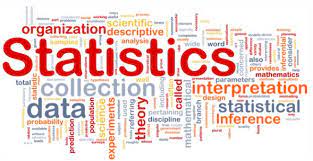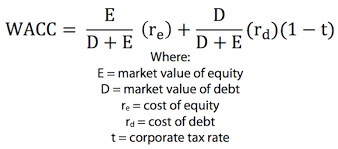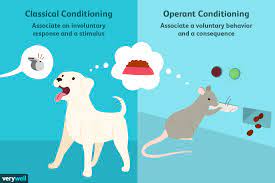Get a Custom Essay Paper that meets your expectations by clicking ORDER
Research Purpose
Learning Objectives
Students will:
- Evaluate purpose statements in research studies published in peer-reviewed journals
- Analyze alignment among theory, problem, and purpose in research studies published in peer-reviewed journals
- Explain relationship between research and social change
- Apply APA Style to writing
Learning Resources
Required Readings
Babbie, E. (2017). Basics of social research (7th ed.). Boston, MA: Cengage Learning.
- Chapter 4, “Research Design”
Burkholder, G. J., Cox, K. A., & Crawford, L. M. (2016). The scholar-practitioner’s guide to research design. Baltimore, MD: Laureate Publishing.
- Chapter 10, “Writing the Research Proposal”
Discussion: Evaluating Purpose Statements
For this Discussion, you will evaluate the purpose statements in assigned journal articles in your discipline and consider the alignment of theory, problem, and purpose. You will also explain your position on the relationship between research and social change.
Alignment means that a research study possesses clear and logical connections among all of its various components. To achieve these connections, researchers must carefully craft the components of their study such that when they are viewed together, there is a coherent interrelationship.
As you read the authors’ purpose statements, consider how well the intent of the study, and its connection to the problem and theoretical framework, is presented. Also consider if the purpose statement reveals the study’s potential for engendering positive social change.
Post a critique of the research study in which you:
- Evaluate the purpose statement using the Purpose Statement Checklist as a guide
- Analyze alignment among the theory, problem, and purpose
- Explain your position on the relationship between research and social change
Research Journal Article
Swan, B., Coulombe-Quach, X-L, Huang, A., Godek, J., Becker, D., & Zhou, Y. (2015). Meeting the needs of gifted and talented students: Case study of a virtual learning lab in a rural middle school. Journal of Advanced Academics, 26(4), 294–319. doi:10.1177/1932202X15603366
Rubric

Below is a partial answer to the above homework questions by one of our writers. If you are interested in a custom non plagiarized top quality answer, click order now to place your order.
Research Purpose
Evaluation of the purpose statement
Swan, Coulombe-Quach, Huang, Godek, Becker, and Zhou provide a purpose statement for their article as “… to provide stakeholders with an authoritative, in-depth well-documented explication of a virtual learning lab (VLL) school located in a rural region in the Southeastern United States and information about its benefits and challenges” (2015, p. 295). The purpose statement in this article identifies the problem of inadequate teaching and learning in brick and mortar schools that presents the need to study the VLL School.
The authors provide a justification of the problem by diluting the need for traditional brick and mortar model through a comparative analysis of blended learning. The purpose statement conveys the approach used in the study to address the problem; more research into VLL schools. Of the twelve sources used in the literature section of the article, seven are within five years of the article’s publication date.
Analysis of the alignment among the theory, problem, and purpose
The theory, problem, and purpose of the article have logical connections among the various components (Babbie, 2017, pp. 97 – 98, 338). The prevalent connection among the three is the is the use of a blended learning theory to solve the problem of dependency on traditional brick and mortar schools to achieve the purpose of extending the research into the virtual learning labs and blended models of teaching and learning….
Get a Custom Essay Paper that meets your expectations by clicking ORDER
Our professional writers are ready to handle your paper and deliver before deadline for you to review. Our proofreading and editing services are also available for free for every order you place.










